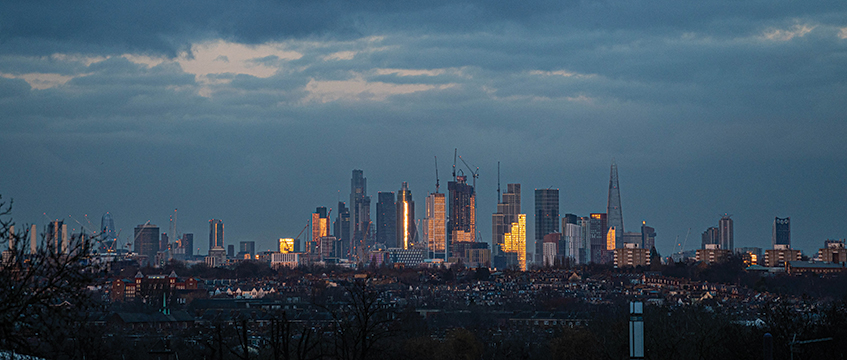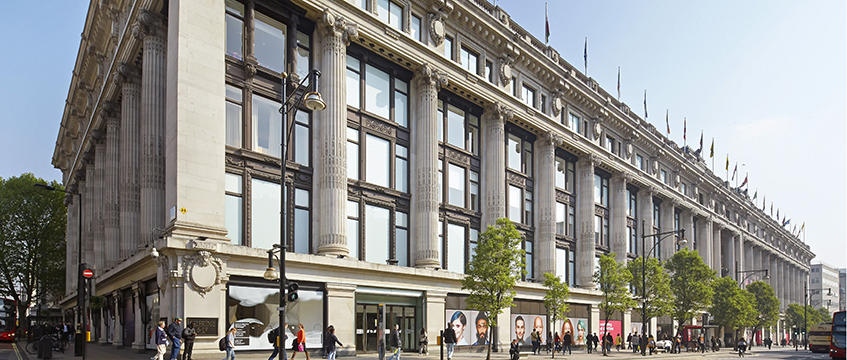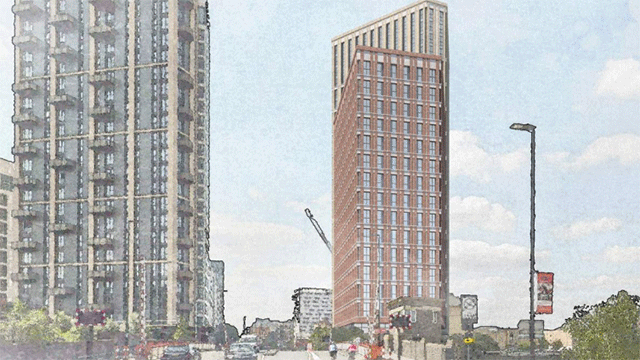Occupier demand for London offices has weakened amid the uncertain economic outlook, according to new research from Gerald Eve.
Take-up in the capital stood at 2.7m sq ft, down by 18% on the previous quarter and 10% below a five-year quarterly average.
Researchers at Gerald Eve said occupier activity was dampened by an increasingly uncertain economic outlook, particularly for larger size bands.
That “sluggishness” is expected “to persist for the rest of the year”, according to Gerald Eve. However, researchers said a “handful of large prime deals under offer heading into October will help boost the figures somewhat”.
Tenant-controlled space nears record high
Availability fell to 8.2% in Q3, compared with a peak of 9.4% in Q2 last year. Notable decreases were recorded in Knightsbridge and Victoria, which posted falls of 2.5 percentage points and 2.6 percentage points respectively.
However, Barclays largely offset those declines after it offloaded more than 500,000 sq ft to the market early for sublet, at 5 North Colonnade in Canary Wharf, E14.
On the back of that move, tenant-controlled space now makes up more than 28% availability across all of London, which Gerald Eve said was “near to a record high” and underlined a “best versus the rest” trend.
Ongoing voids in secondary offices and sublet space will further contribute to divergence on rents and capital values between prime and secondary offices, according to researchers.
Rents rise and incentives reduce
Grade-A rents in three out of 15 submarkets increased in Q3, with Knightsbridge posting the strongest growth on the back of robust letting activity in 1 Hoopers Court, SW3. Rent-free incentives in Knightsbridge and Soho also came down by an average three months on a 10-year lease to 24 and 21 months, respectively.
Rhodri Phillips, partner at Gerald Eve, said: “Uncertainty across the political and economic landscape weighed on overall demand in Q3 and there are likely to be some occupiers who seek to delay leasing decisions given the macroeconomic pressures.
“But demand for premium office space continues to be robust, and prime supply is increasingly tight. This imbalance at the top end of the market has continued to push up headline rents and there are several other large deals under offer that look set to continue this trend.”
Investment volumes up on Q2
With an interest rate cover margin of 150bps over SONIA, lending rates stand at more than 7%, which Gerald Eve said was “considerably higher” than current prime London office yields.
Researchers estimated that prime yields moved out by at least 25 basis points in Q3, with a further 25bps outward shift is likely by the year-end.
Nevertheless, London office investment volumes totalled £2.4bn in Q3, marking a 20% increase on the £1.9bn transacted in Q2. Activity was driven by £1.8bn of acquisitions by overseas investors.
Despite positive income return and rental growth at the prime end of the market, London office total return is expected to be negative overall in 2022 and continue to be so in 2023, as outward yield shift continues to drag.
Lloyd Davies, partner at Gerald Eve, said: “Sentiment in the investment market is sensitive, with different pricing aspirations between vendors and purchasers. The economic and political uncertainty has shifted the trajectory for bond and property yields, with inevitable repricing over the near-term.
“However, there is still a large volume of capital targeting London offices. Long-dated income in Grade A offices and income growth from ESG improvements remain attractive, particularly for overseas investors seeking discounts while sterling is weak. Value-add assets are set for a greater fall in pricing than others, which may also offer investors an opportunity to selectively deploy pent-up capital.”
To send feedback, e-mail pui-guan.man@eg.co.uk or tweet @PuiGuanM or @EGPropertyNews











